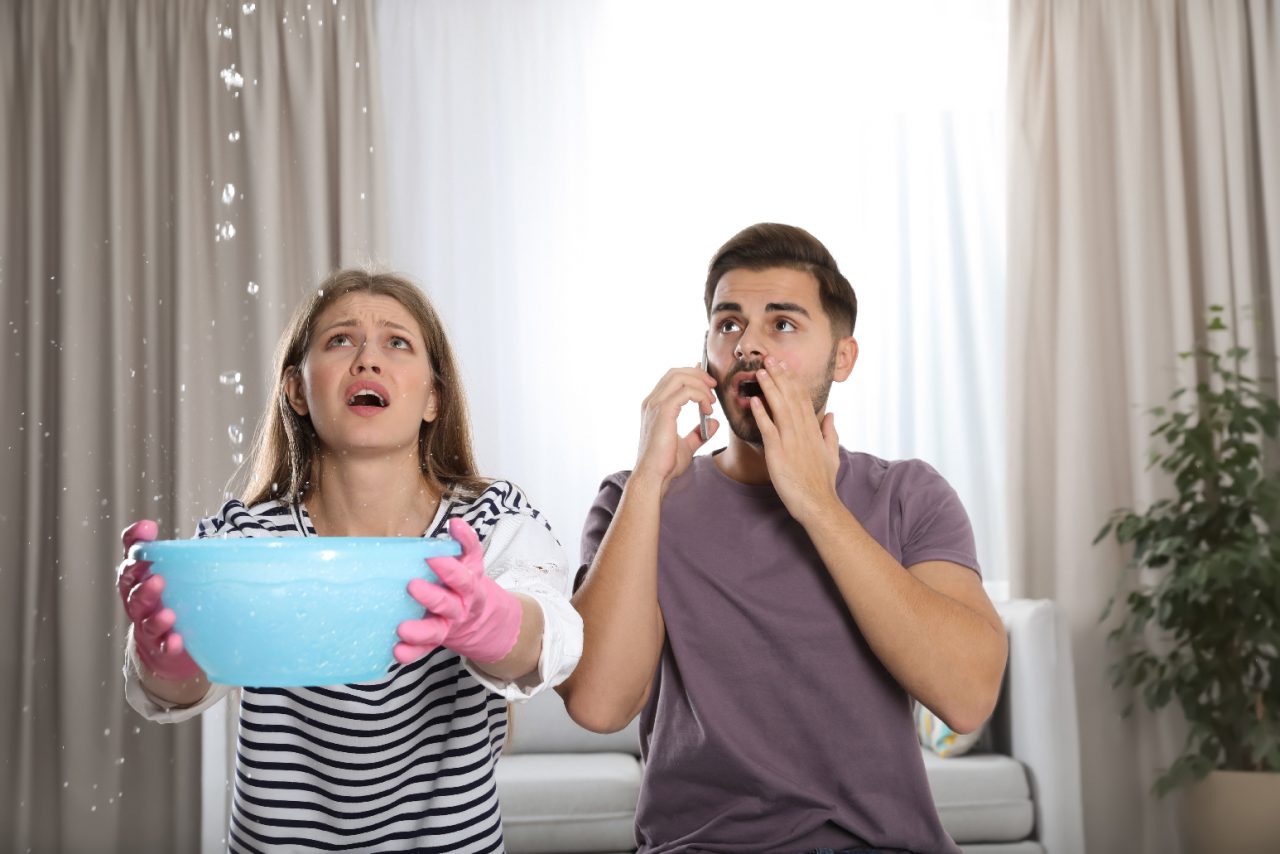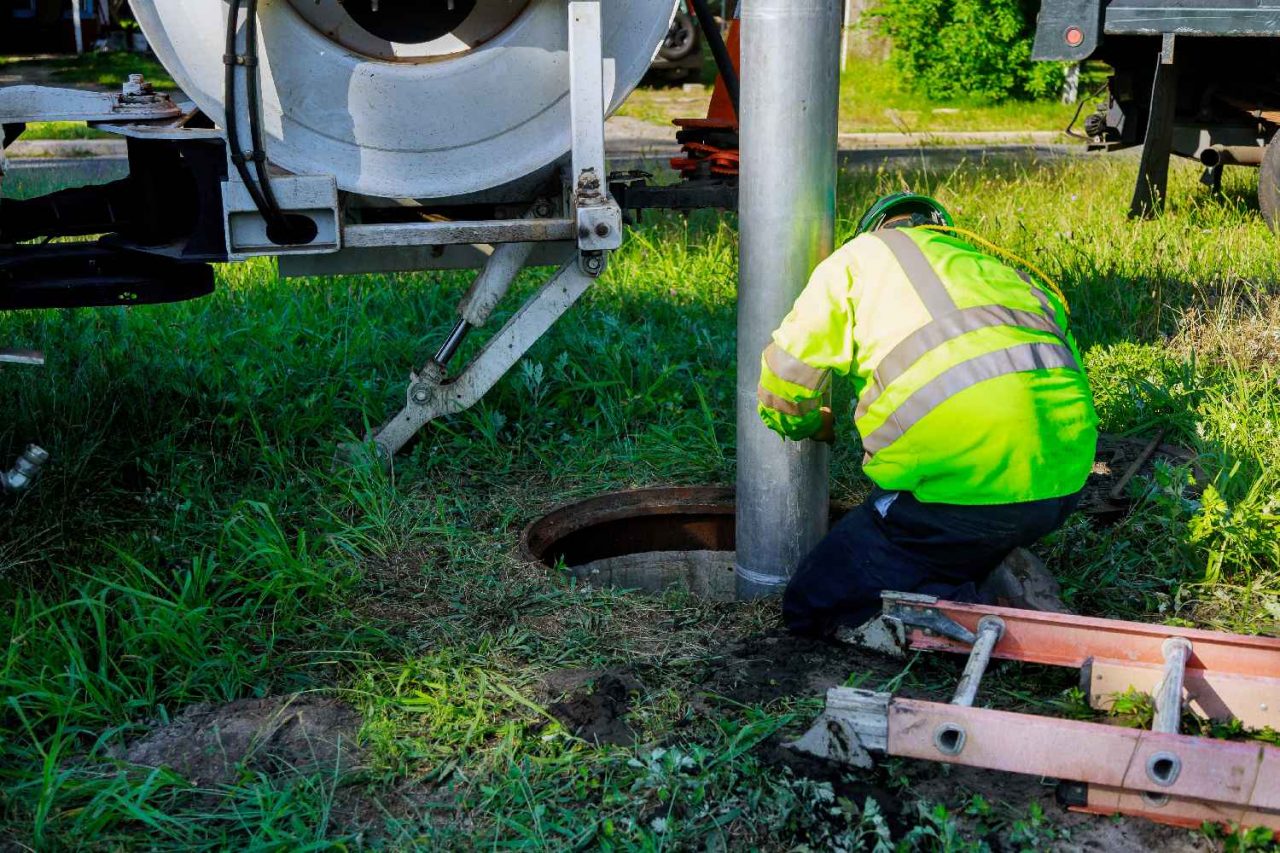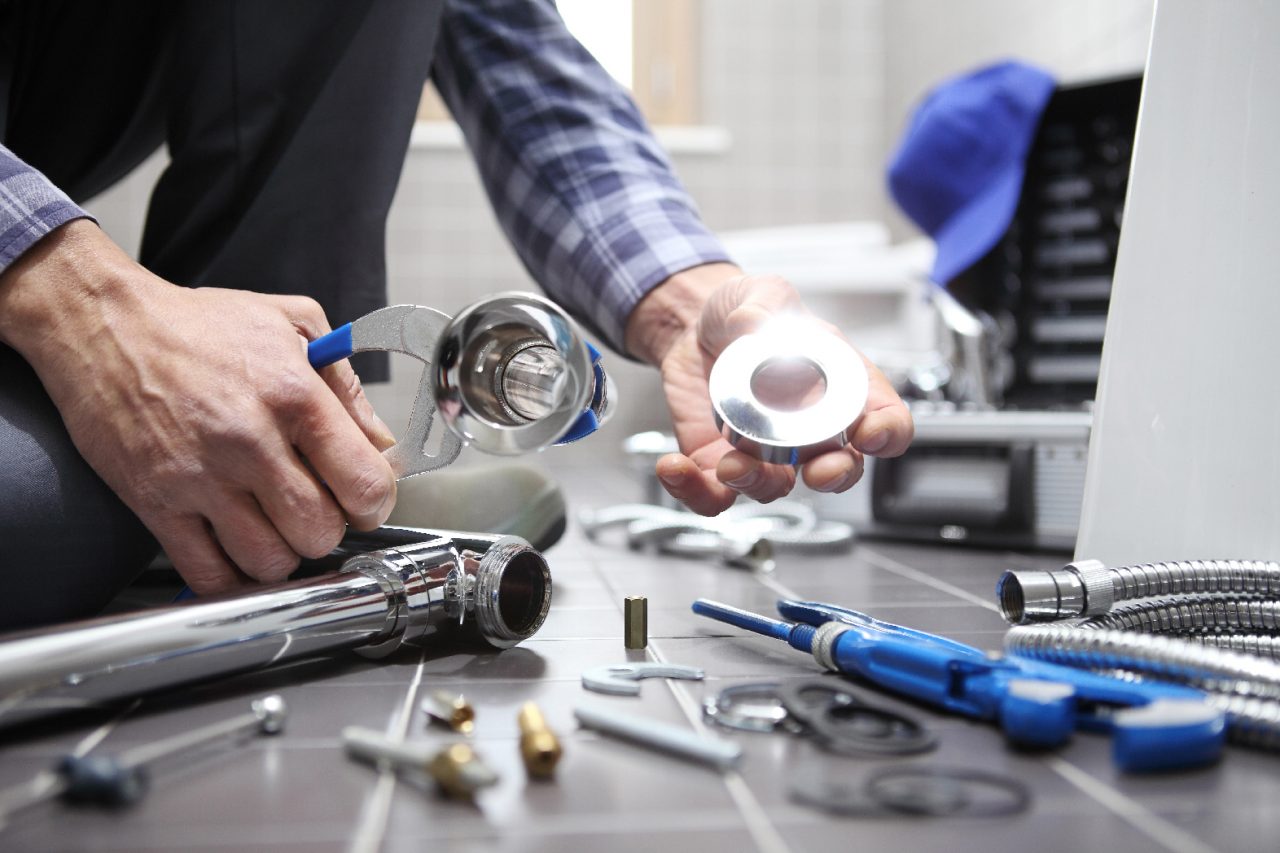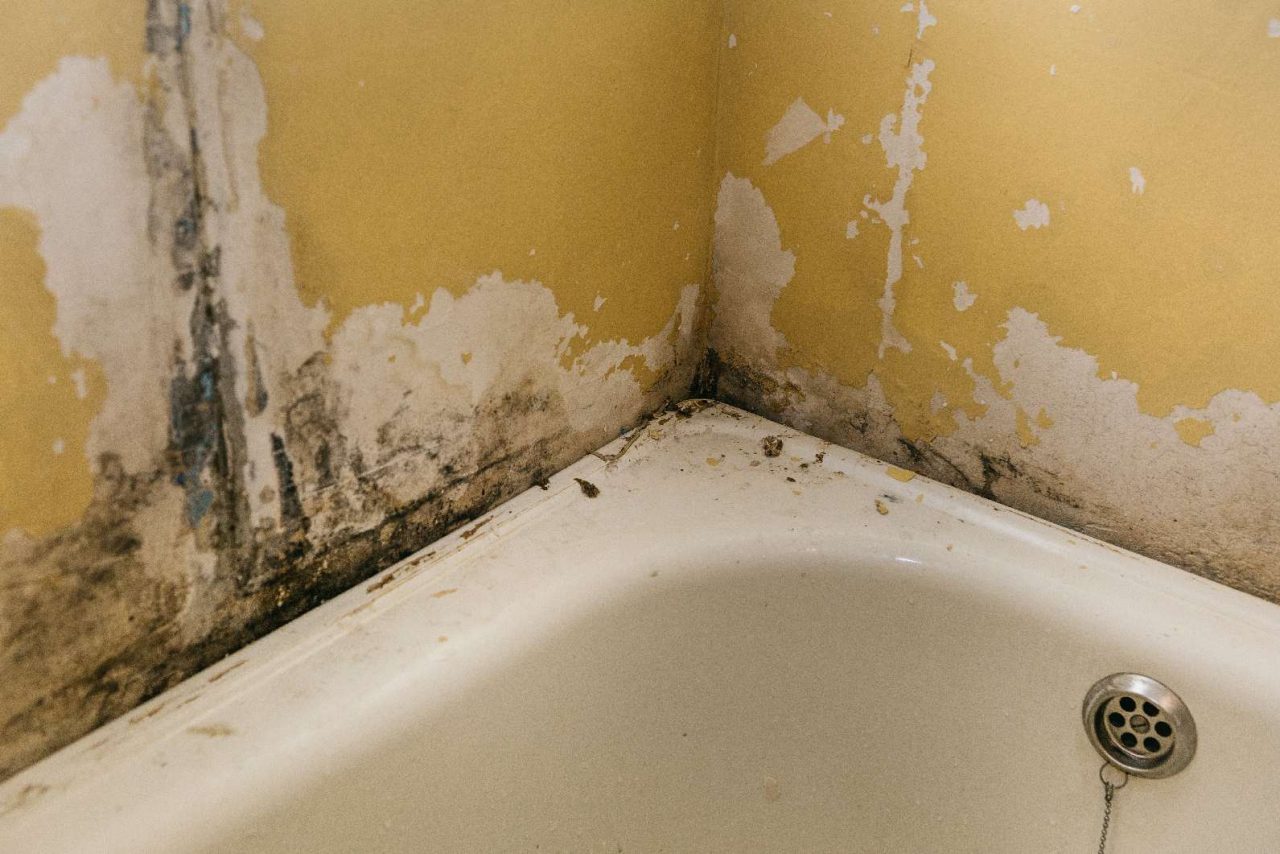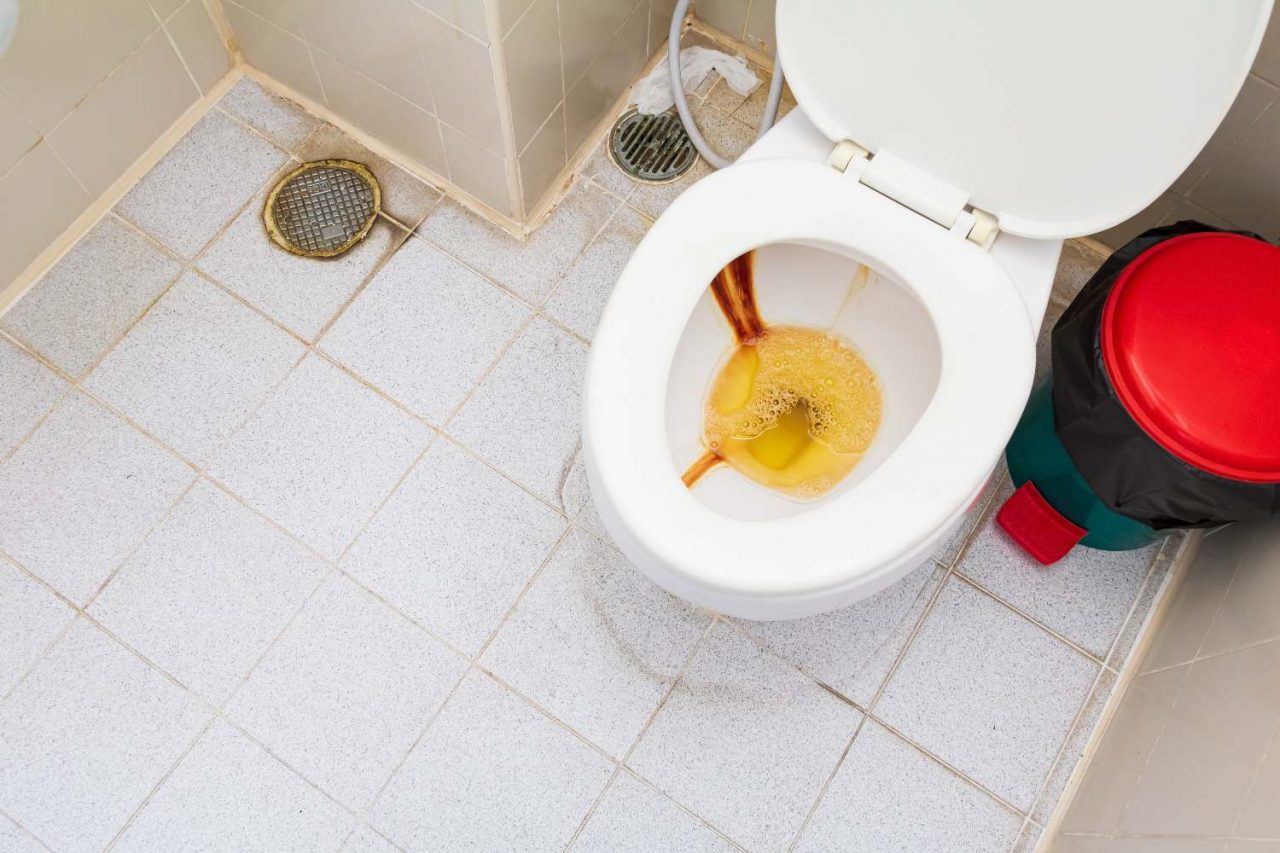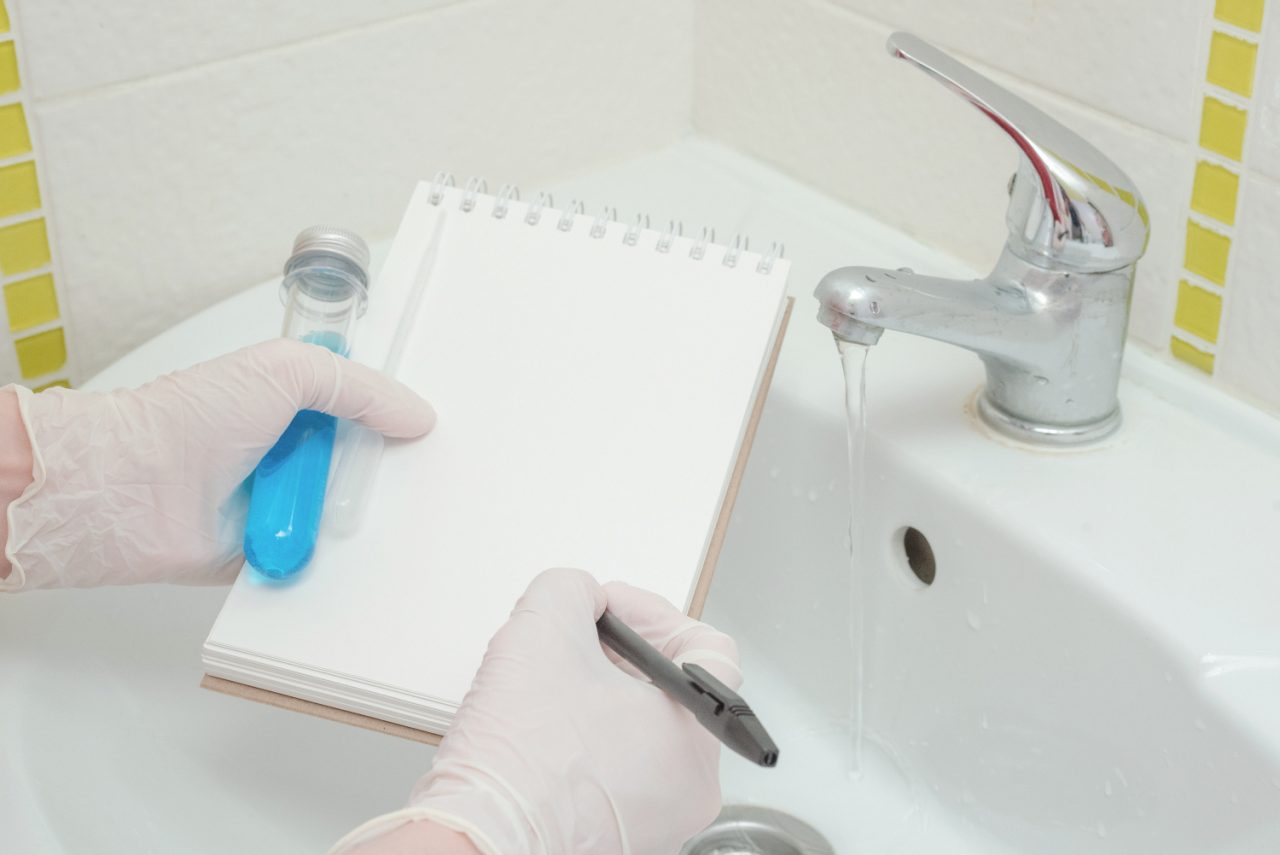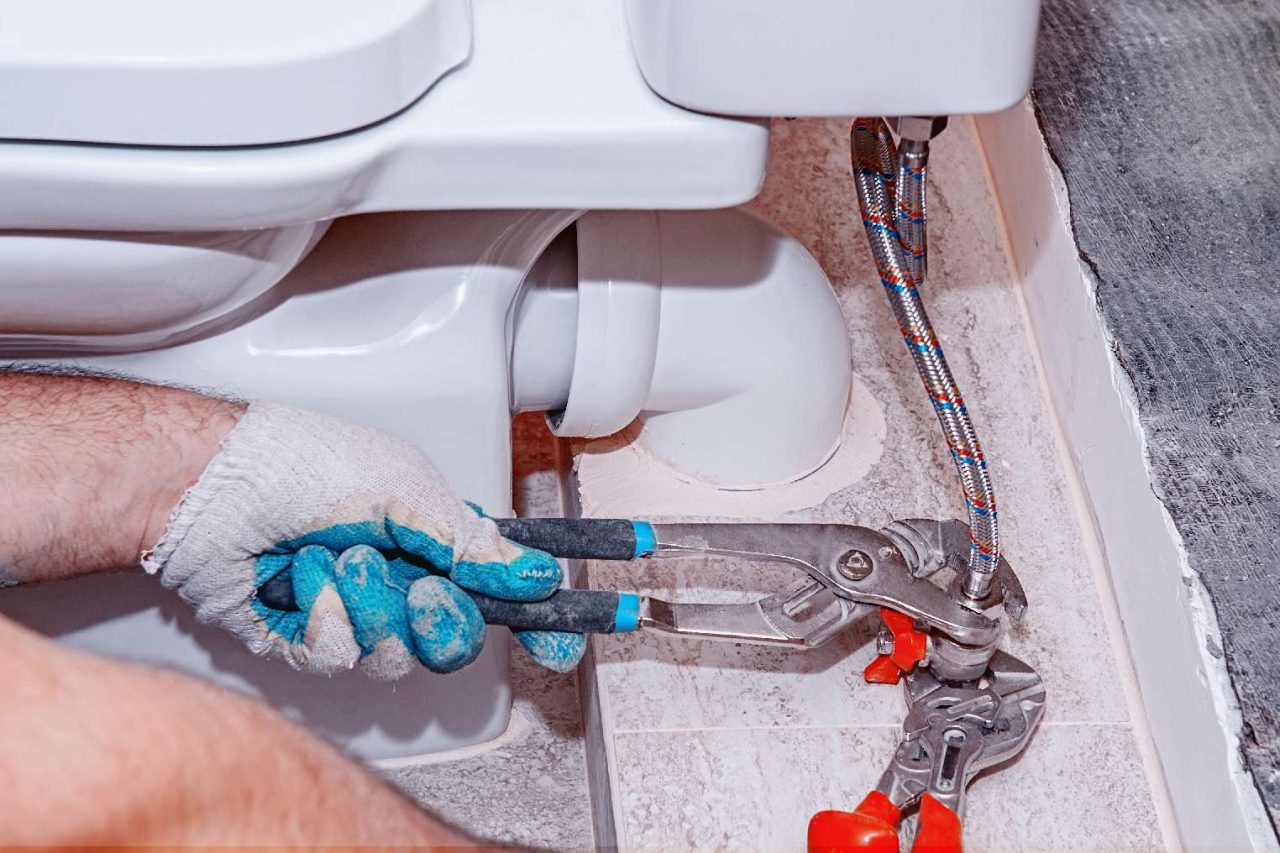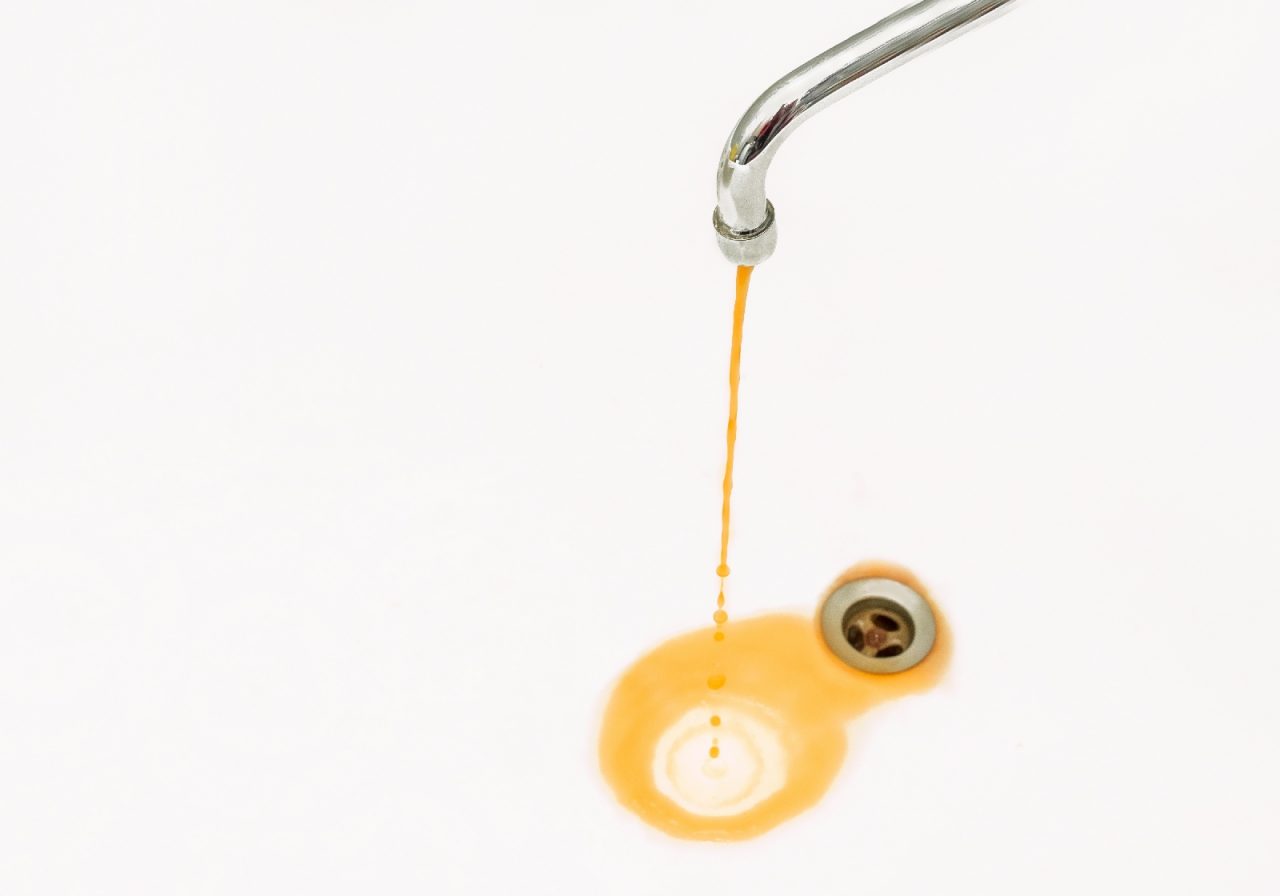Leak Repair is a term used by many plumbers and roofers to describe repairing a pipe, fixture, or panel that has been compromised by water. In the case of roof leaks, when this water penetrates the building’s roofing materials, it can cause a collapse shingles and roofs. This is commonly seen as a bald spot on the top or in the garage. In the case of a leaking basement, the water will fill up the basement and cause problems with the foundation.
There are many different types of leaks that can occur on any kind of building or plumbing system. One way to identify leaks is through the use of a home inspection service or a licensed contractor. If you have these professionals perform an inspection on your property, you can gain important information about the present plumbing system. Some common signs of leaks include excess water dripping from the drains and pipes, visible damage in the wall, and cracks in drywall or sheetrock.
Diagnose the Leak Source
A qualified professional will be able to provide you with accurate information about the leak repair that is necessary for the situation. He may need to cut holes in the walls or ceilings to reach the leaks’ source and remove insulation and drywall. Sometimes a specialist will suggest fixing the affected pipes but may need to replace them because they are so old. If the damage is extensive, he may also recommend that you replace the roof or the siding.
Many times it’s challenging to know exactly where the leak is located, but there are some simple signs to look for that can indicate the presence of a water loss. If you see evidence of condensation or water damage on a slab, it is an indication of a slab leak detection problem.
The presence of wet, damp areas near where pipes are connected should alert a homeowner to a leak, but it is not always possible to tell where water is leaking from just one sign. A qualified plumber will be able to advise you of the best course of action for dealing with a damaged pipe or connection. Signs of moisture can also be found around water heaters and appliances, indicating a plumbing issue.
The Roof
Some homeowners mistakenly believe that a leaky roof is only a problem with the roof, when it could also be an issue with the shingles. Not only does a leaking roof cause a safety concern, but it can also have an impact on the overall structural integrity of your home. If a leaky roof is not repaired quickly, it can weaken the top and cause additional damage. When a roof is depleted, the structure can easily cave in, causing considerable damage to your home.
Leak detection is important because it enables a homeowner to prevent roof leaks before they become significant problems. Signs of a leaking roof can include bent or ragged shingles, discoloration, and holes or missing shingles. One of the most effective ways of detecting leaks is to check for weathering of metal tiles or metal flashing around the home’s exterior.
A metal roof can become considerably weathered after a few years of exposure to the sun, so homeowners must frequently inspect is imperative that homeowners often inspect their roofs for weathering signs. If a leak is located within the attic, a small hole can be used to locate the leak.
Maybe Just a DIY Repair
A roof leak does not always require professional repair. In some cases, homeowners can successfully repair a roof leak on their own. In other cases, it is necessary for a repair to be carried out by a professional contractor or company. In these cases, the homeowner should take some precautions to avoid costly mistakes during the repair process.
One of the most important things to prevent damage from plumbing or septic leaks is to keep the areas around the pipes and drains clean regularly. The use of non-abrasive cleaning agents can significantly reduce damage to plumbing pipes and drains, which will save you money in the long run. You should also use a high-quality detergent and a soft cloth when attempting to clean lines. By performing routine maintenance on your property, you will save yourself the hassle of frequent repairs, as well as the expense of replacing costly pipes and fixtures.

